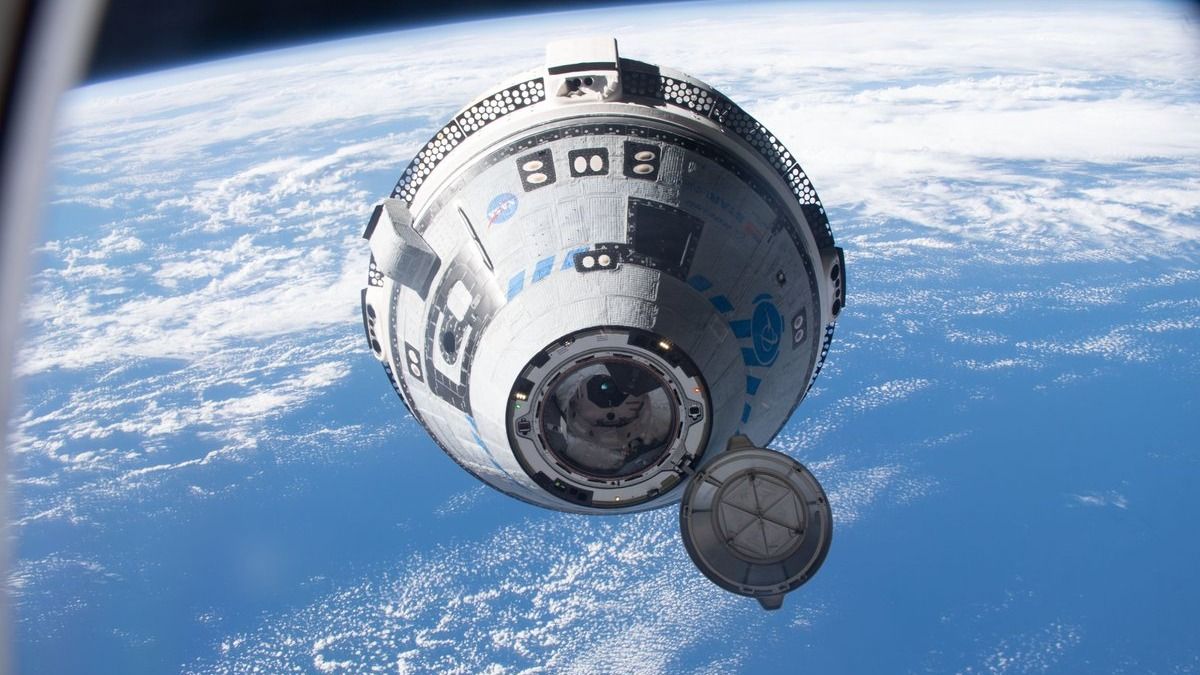Reflection on Solar Power in Space
A California-based startup, Reflect Orbital, is planning to revolutionize renewable energy production by launching a constellation of orbiting mirrors that will beam sunlight to solar power plants. This innovative approach aims to address the challenge of solar energy availability after dark. The company’s CEO, Ben Nowack, introduced this groundbreaking concept at the International Conference on Energy from Space in London.
The Orbits of the Satellites
Reflect Orbital envisions deploying 57 small satellites in a sun-synchronous polar orbit around Earth at an altitude of 370 miles (600 kilometers). In this orbit, the satellites will traverse the planet from pole to pole, ensuring they pass over each spot on Earth at the same time each day. This synchronized movement allows the satellites to provide an additional 30 minutes of sunlight to solar power plants during peak energy demand hours.
Nowack highlighted the current limitations of solar energy, stating that as more solar farms are built, the excess energy generated during sunny hours reduces its value. By extending sunlight delivery before sunrise and after sunset, solar power producers can charge higher prices and maximize profits. Reflect Orbital believes that their reflector-based technology can effectively resolve this challenge.
Technological Advancements in Solar Power
Over the past 15 years, the cost of solar panels has plummeted by 90%, making solar power the most affordable electricity source in history. Furthermore, continuous advancements in photovoltaic technology have significantly enhanced the efficiency of solar panels. Despite these improvements, the intermittent nature of solar energy production remains a critical issue. Cloudy days and nighttime halt solar energy generation, necessitating the use of battery systems, nuclear, coal, and gas-fired power plants as backup sources.
Reflect Orbital’s Approach
Reflect Orbital’s satellites will weigh a mere 35 pounds (16 kilograms) and feature mylar mirrors measuring 33 feet by 33 feet (9.9 by 9.9 meters). These mirrors, deployed in orbit, are designed to concentrate sunlight into a focused beam that can be adjusted based on the demands of solar farm operators. The company aims to simplify the process by allowing operators to request additional sunlight through an online platform with minimum effort.
Nowack emphasized that their mirrors are engineered to prevent light pollution by minimizing the visibility of reflected light beyond solar farm boundaries. Reflect Orbital conducted successful tests with a mirror deployed on a hot air balloon floating 1.7 miles (3 km) above a solar farm, generating significant energy output.
Global Innovation in Solar Power Generation
Reflect Orbital is not the only entity exploring orbiting mirror concepts to enhance solar power generation. The University of Glasgow is spearheading the SOLSPACE project, examining the feasibility of deploying satellites with reflective panels to direct sunlight towards solar farms during peak hours. Russia’s previous experiments with orbiting mirrors through the Znamya project demonstrate ongoing interest in this innovative approach.
Concerns and Future Considerations
While orbiting mirrors offer promising solutions, concerns exist regarding potential light pollution and interference with astronomical observations. Andrew Williams from the European Southern Observatory cautioned that improperly designed reflectors could exacerbate satellite light pollution issues faced by astronomers. The case of SpaceX’s Starlink satellites interfering with astronomical observations underscores the importance of meticulous planning and consideration in deploying orbiting mirrors.
Reflect Orbital’s venture signifies a transformative leap in renewable energy innovation, holding the potential to revolutionize solar power production and sustainability. With collaborative efforts and responsible implementation, space-based solutions could pave the way for a brighter and more sustainable energy future.
Image/Photo credit: source url





